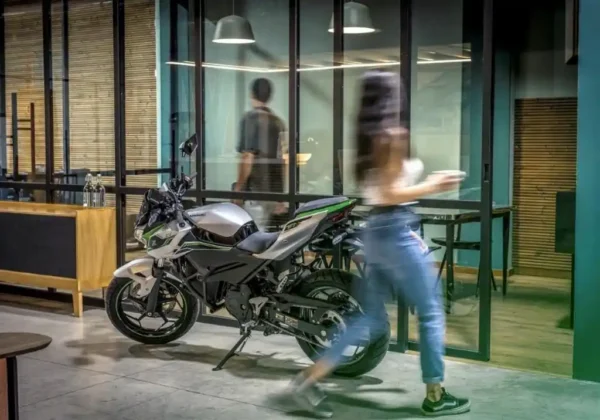Two New Electric Models on the Market
Kawasaki has officially entered the electric motorcycle market, standing out amongst legacy manufacturers by launching two models: the Ninja e-1 and Z e-1. These bikes are sleek, affordable, and showcase a refined engineering execution that reflects Kawasaki’s esteemed heritage in the motorcycle industry. His commendable step towards electrification is a welcome shift in a market often dominated by concepts rather than real products.

Battery Size: A Significant Limitation
However, the enthusiasm surrounding these two models fades when we address one glaring issue: the battery capacity. The e-1 models are equipped with a mere 3.0 kWh, divided between two removable 1.5 kWh packs. This size limits their potential significantly, making these motorcycles feel more akin to e-bikes rather than traditional electric motorcycles. To put this into perspective, certain electric bicycles offer similar or even higher battery capacities.
Performance and Real-World Usage
Though Kawasaki positions the Ninja e-1 and Z e-1 as urban commuters, and rightly so, their specifications suggest a more limited functionality. A top speed of 52 mph is adequate for city commuting, but the temporary “e-boost” mode also highlights the need for conservation due to the small battery. With a city range officially rated at 41 miles, real-world usage might yield significantly less, especially in challenging conditions. Riders are left longing for a more powerful battery, which would enhance both range and usability. As Kawasaki plans to expand its electric lineup, we recommend pushing the envelope further on battery capacity and charging efficiency to truly compete in the emerging electric motorcycle market.




